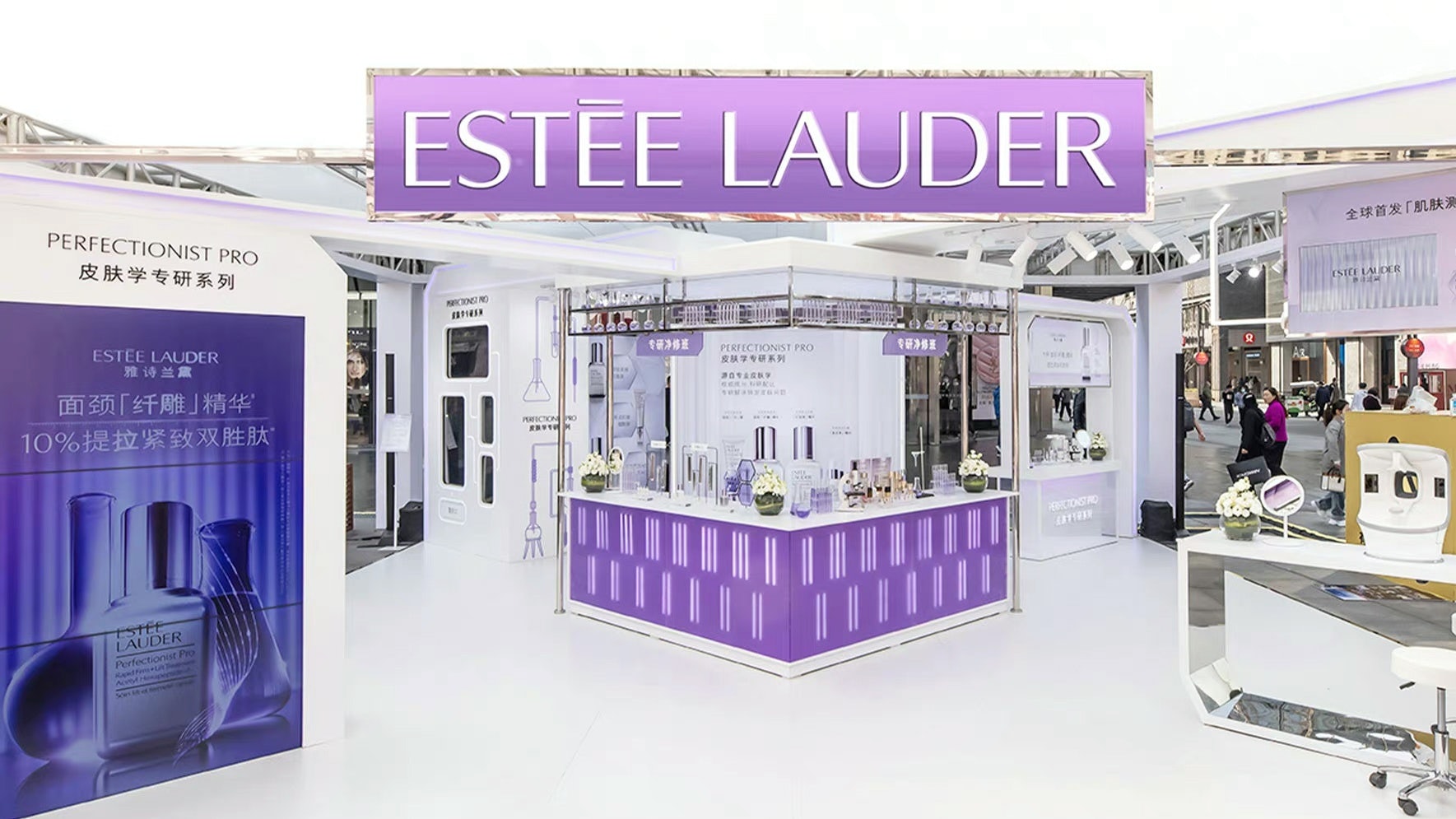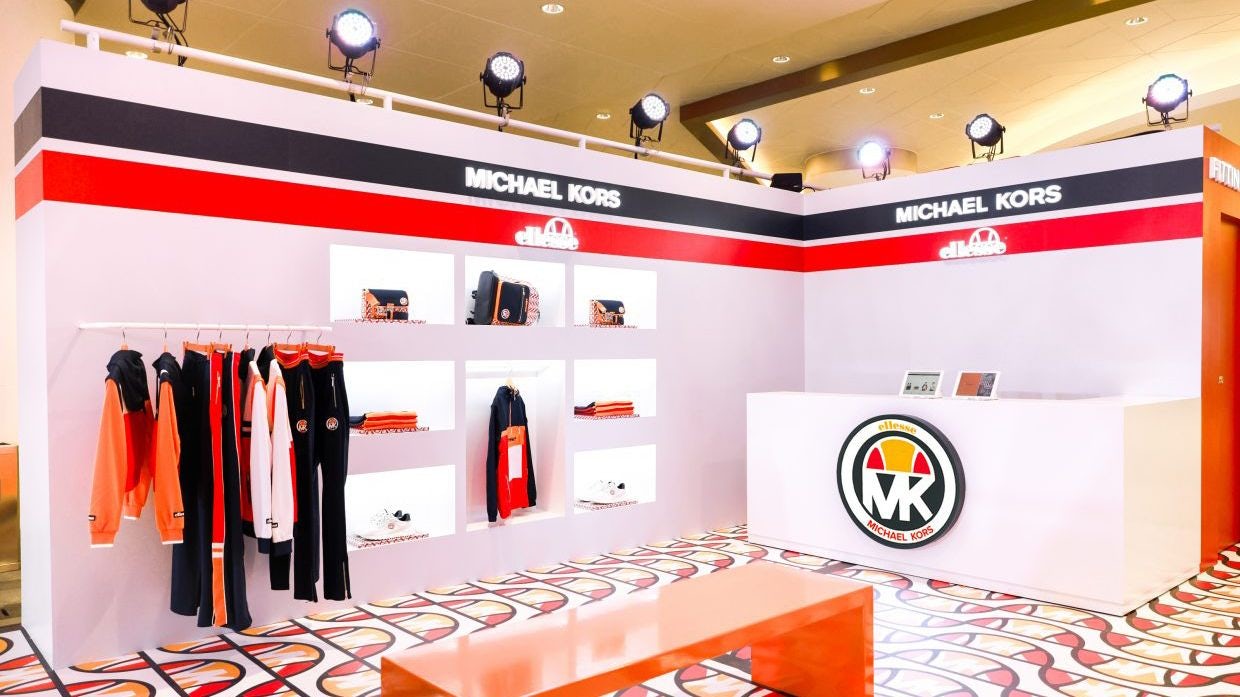What happened
A temporary dip in China sales is not alarming the US beauty giant Estée Lauder. For its third quarter ending on 31 March 2022, the conglomerate saw its net sales decline by mid-single-digits in the Asia Pacific market due to falling foot traffic to its brick-and-mortar stores, stresses on its logistic facilities in Shanghai, and reduced tourism to Hainan as a result of the months-long lockdown. Yet, despite the negative outlook, the cosmetic group is firmly doubling down on its efforts here: it will soon open its Ramp;D center in the mainland and launch more brands there, alongside category and footprint expansion.
Fabrizio Freda, president, CEO, and director of The Estée Lauder Companies, believes that the current limitations will only be transitory. “Looking ahead, we are confident in the resilience of Chinese consumers and the untapped opportunity driving our investments in the market. We expect a reacceleration of growth when this moment of Covid abates,” he stated.
The Jing Take
Estée Lauder is not alone in believing that the Chinese economic downturn will be followed by a rebound. As Covid cases fall and Shanghai begins lifting lockdown restrictions, many executives are now seeing the light at the end of the tunnel. Both Gildo Zegna, chief executive of the Ermenegildo Zegna Group, and Antoine Arnault, chief executive of LVMH’s Berluti, have expressed great optimism.
However, coming out of the lengthy lockdown, brands have learned some important lessons. For one, the strong reliance on Shanghai as a luxury consumption destination — as well as companies’ logistic and warehouse centers — is facing growing scrutiny. Businesses should reconsider how to reallocate and redistribute resources and stocks in order to mitigate similar risks. Some, such as Michael Kors, are already eyeing new first- and second-tier cities for their pop-up destinations to reach local consumers.
Another is the importance of digital. After each lockdown, online channels increased market size through offline sales. E-commerce will play an increasingly central role in the consumer purchase journey. (In the third-quarter results, Estée Lauder registered an online uptick of 25 percent.)
After a decade of driving luxury sales, once first-time purchasers in China have become mature and sophisticated buyers. Playing the long game as Estée Lauder and other high-end houses are doing is the best way to capitalize on these 5.4 million luxury shoppers — and turn them into loyal ones.
The Jing Take reports on a piece of the leading news and presents our editorial team’s analysis of the key implications for the luxury industry. In the recurring column, we analyze everything from product drops and mergers to heated debate sprouting on Chinese social media.


